Well-known for our expertise in solving environmental challenges while minimizing liabilities and complying with government and industrial regulations, Novomine specializes in enhancing environmental performance, ensuring compliance, and helping our valued clients reach their environmental objectives.
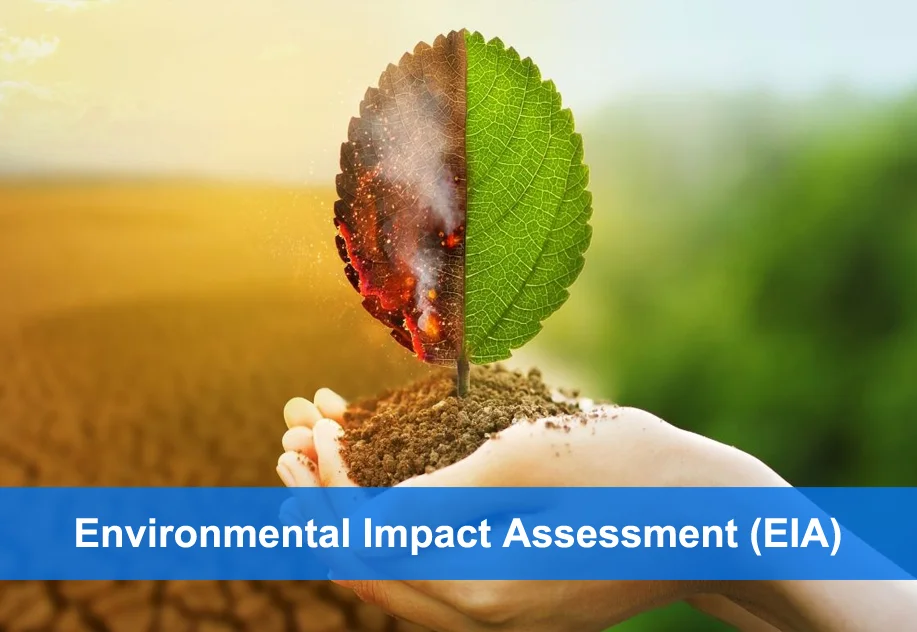
Environmental Impact Assessment (EIA) is a crucial process that evaluates the potential environmental impacts of proposed projects or developments. It aims to identify, predict, and mitigate adverse environmental effects, ensuring that sustainable practices are incorporated. EIA helps in making informed decisions by assessing factors such as air quality, water resources, biodiversity, and noise pollution. It also involves public participation, allowing stakeholders to voice concerns and contribute to the decision-making process. The process includes both comprehensive and rapid EIA methodologies, depending on the project's scale. By addressing environmental concerns early, EIA ensures compliance with legal requirements and government regulations.
Hydrogeological Studies focus on understanding the distribution and movement of groundwater in the earth's subsurface. These studies are crucial for managing water resources, especially in areas reliant on groundwater for drinking, irrigation, and industrial use. Hydrogeologists analyze aquifers, their recharge rates, and potential contamination risks. The studies also help in assessing the sustainability of water extraction practices. By using techniques like groundwater modeling and sampling, these studies provide valuable data for water conservation. Hydrogeological studies are vital for developing water management strategies, ensuring the protection of water quality and availability. This also supports regulatory compliance and efficient water resource management.
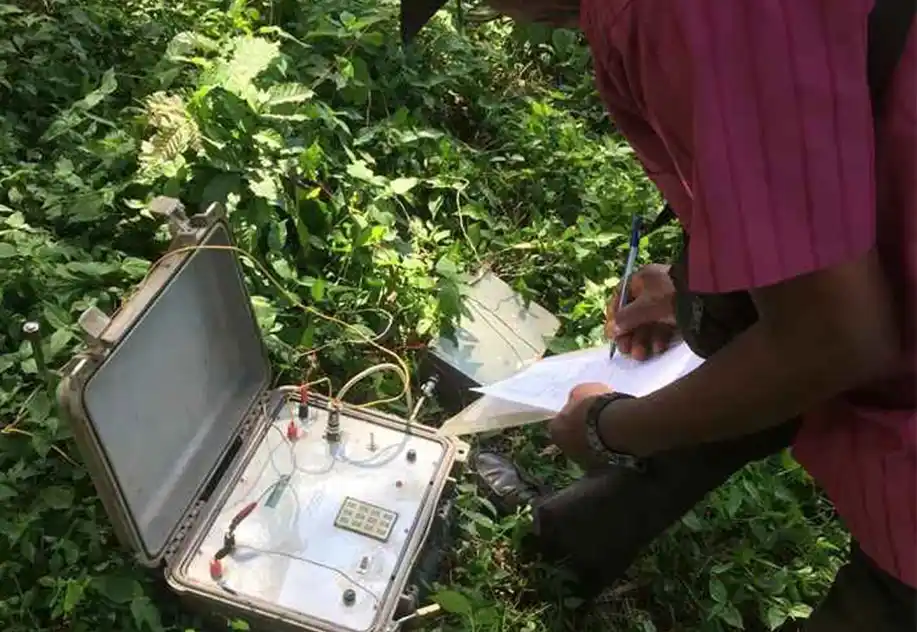
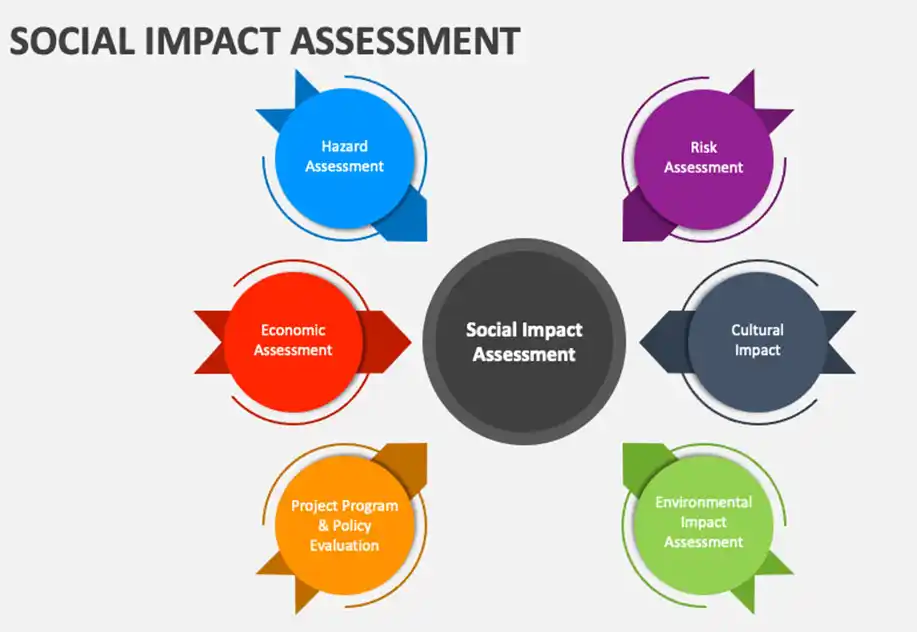
Social Impact Assessment (SIA) evaluates the social consequences of proposed projects or developments on communities and local populations. It focuses on understanding how changes in the environment, economy, or infrastructure will affect people’s livelihoods, health, and cultural practices. SIA includes stakeholder engagement, ensuring that the voices of affected individuals and groups are heard. The assessment identifies both positive and negative impacts, recommending measures to maximize benefits and minimize harm. SIA helps in creating socially responsible projects by promoting community well-being. It also aids in complying with social regulations and policies. By addressing social concerns, SIA contributes to the long-term sustainability and acceptance of projects.
Ecology and Biodiversity Assessment involves evaluating ecosystems, plant, and animal species to understand the health and diversity of natural environments. These studies identify key species, habitats, and ecological processes, providing a baseline for environmental protection. The assessment helps in recognizing potential risks to biodiversity, including habitat destruction, pollution, and climate change. It also supports conservation efforts by recommending strategies for protecting vulnerable species and ecosystems. Biodiversity assessments guide sustainable land-use planning, ensuring minimal disruption to ecosystems. By maintaining ecological balance, these studies promote long-term environmental resilience. They are essential for regulatory compliance and achieving biodiversity conservation goals.

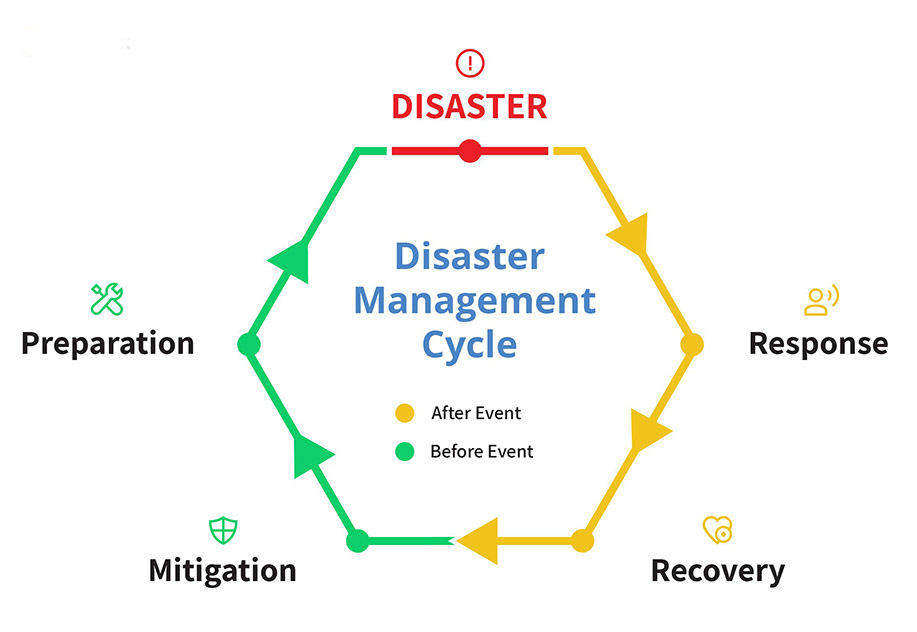
Environmental & Disaster Management Plans (EMP and DMP) are strategic frameworks designed to mitigate environmental risks and manage emergencies effectively. EMP focuses on minimizing the environmental impacts of projects, ensuring sustainable development through preventive measures. DMP outlines procedures for responding to natural and man-made disasters, ensuring the safety of people, property, and the environment. These plans include risk assessments, resource management strategies, and emergency response protocols. They are essential for organizations to comply with environmental regulations and safety standards. EMP and DMP also involve training and preparedness exercises to handle unforeseen events. Overall, they contribute to resilience and preparedness, safeguarding both the environment and communities.
Remote Sensing & GIS Studies involve the use of satellite imagery and geospatial technologies to collect and analyze environmental data. These studies help in mapping land use, vegetation, water resources, and urban development, providing a comprehensive view of the environment. Remote sensing offers real-time data that can be used to monitor changes and detect environmental issues like deforestation, pollution, and climate change. GIS (Geographic Information Systems) processes this data to create detailed maps and models for better decision-making. These studies play a vital role in environmental planning, disaster management, and resource conservation. They enable informed decision-making by providing accurate spatial data for stakeholders. Ultimately, Remote Sensing and GIS help in sustainable land and resource management.
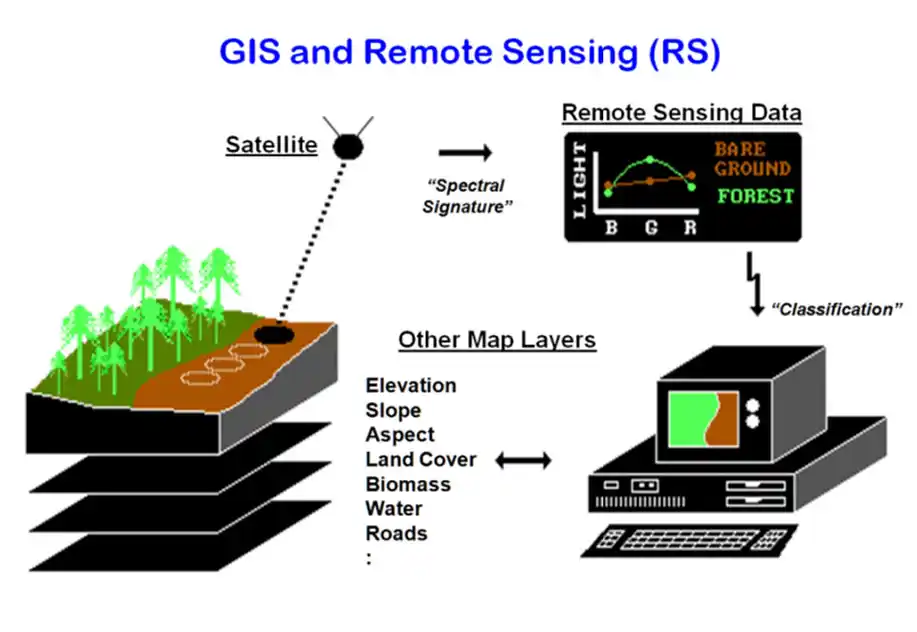
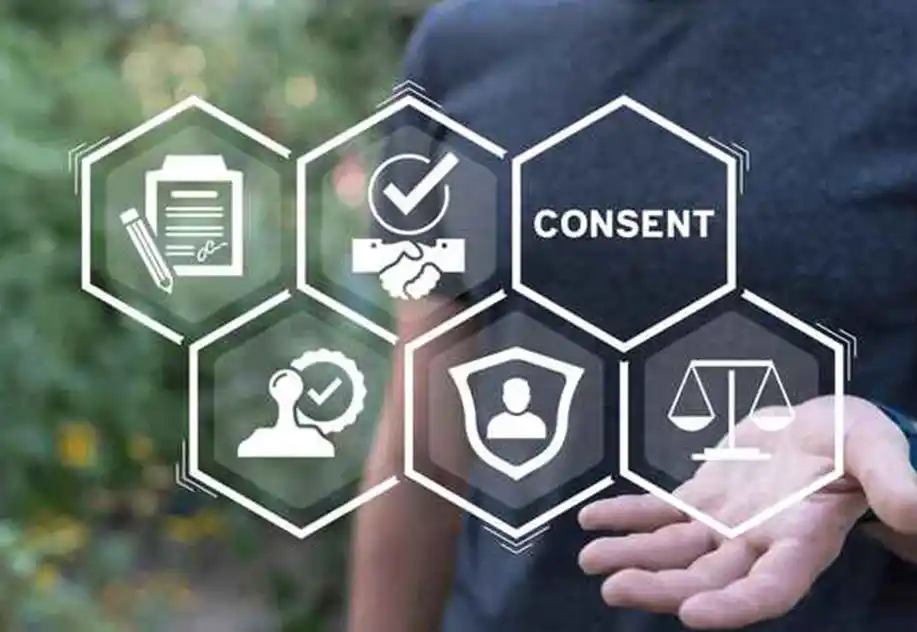
Consent & Compliance Assistance involves guiding businesses through the process of obtaining the necessary environmental permits and approvals from regulatory bodies. This includes securing Consent to Establish, Operate, and Renew from State Pollution Control Boards. The assistance ensures compliance with local, national, and international environmental regulations, minimizing legal risks. Our experts help in preparing and submitting required documentation, making the approval process smoother and faster. We also provide guidance on environmental laws and regulations, ensuring projects meet required standards. This service supports organizations in maintaining sustainable operations while avoiding penalties. Ultimately, it helps businesses fulfill their environmental responsibilities and contribute to sustainable development.
Project & Site Feasibility Reporting involves assessing the suitability of a project site based on environmental, social, and technical factors. It includes evaluating the potential risks, resource availability, and infrastructure requirements. The report helps determine whether a project can be executed successfully without significant negative impacts. A feasibility study also includes an analysis of local regulations, permitting processes, and environmental conditions. It ensures that projects align with sustainability goals and regulatory standards. The findings are essential for project planning, decision-making, and risk mitigation. Ultimately, it supports stakeholders in making informed choices and securing investments.
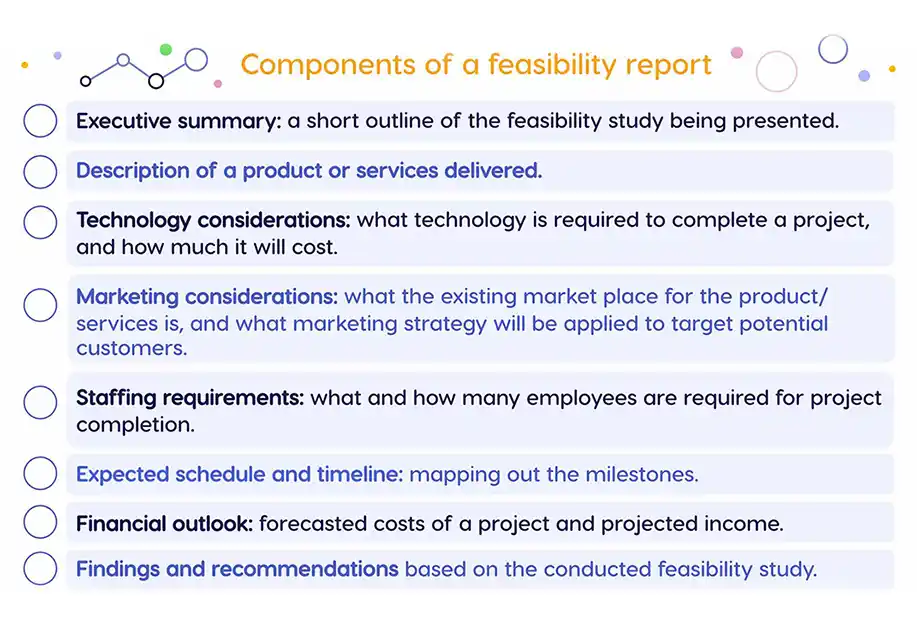
| Services Offered Before Project Begins | Services Offered After Project Begins |
|---|---|
| Environmental Clearance | Post Environmental Clearance Compliances – Six-Monthly Compliance Monitoring and Reporting |
| Forest Clearance | Consent to Establish and Operate, Renewals |
| Wildlife Clearance | GIS Studies |
| Environment Management Plans | |
| Consent to Establish and Operate, Renewals | |
| Project and Site Suitability Reports | |
| GIS Studies | |
| Baseline Environmental Monitoring Studies |
© 2023 Novomineindia . All Rights Reserved .
Design & Development By Adret software Services Pvt. Ltd.